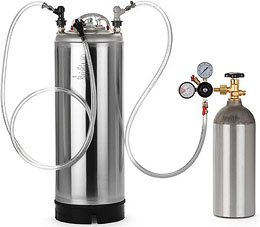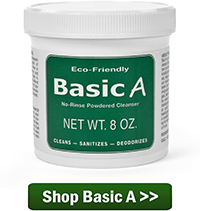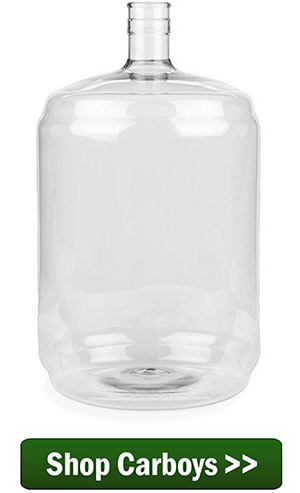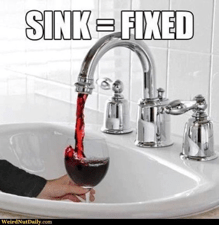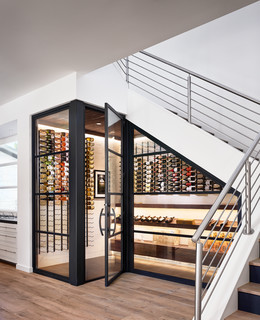Our wine of the month is Concord grape. Native to North America and also known as a “backyard garden grape,” it is the most popular grape in the country. Named after Concord, MA, where it was originally grown, the Concord grape is rich and full-bodied in flavor. Although you can commonly find this fruit in jams, jellies, and juices, it’s time to kick things up a notch. Discover our wine recipe for Concord grape wine and reap all of the delicious benefits.
Why should I make Concord grape wine?
This dark-skinned grape variety, a.k.a. the fox grape, contains high levels of anthocyanin and resveratrol. Resveratrol is an antioxidant and phytochemical that can produce many skin benefits. In addition to protecting skin from UVA and UVB radiation and damages caused by sunburn, it is also known to lower the risk of skin and breast cancer. In fact, purple and blue grapes are known to contain the highest amount of antioxidants of all of the varietals, making them extremely beneficial to cardiovascular health and the prevention of degenerative diseases.
Wine Recipe:
40 lbs. of Grapes
6 ½ lbs. of Sugar
2 tbsp. of Yeast Nutrient
¾ tsp. of Pectic Enzyme
1 tbsp. of Acid Blend
1 tsp. Wine Tannin
Yeast 71B-1122
You can find easy directions to making wine on our website. While you’re making the recipe, keep in mind that these are “slip skinned” grapes, meaning that their skins slip off easily. Oftentimes, the flavor of the skin is described as “foxy,” so you may want to remove the skins, dilute the grapes, and press the juice before you add yeast to avoid any chance of a chemical-like taste to the wine. Also note that Concord grapes are higher in acid and lower in sugar than wine grapes, making it a bit more challenging when it comes to winemaking. But hey, who doesn’t love a challenge?
Where and how can I find Concord grapes?
You’ll have the most luck finding Concord grapes in the northern climates. Major growing areas include the Finger Lakes, Lake Erie, Lake Ontario, Southwestern Michigan, and Yakima Valley. Look for darker, larger grapes because table grapes are a bit loftier than wine grapes.
What foods does Concord grape wine pair best with?
Concord grape wine’s aromatic and robust flavor makes it a suitable partner for both sweet and salty dishes. It can be paired with other strong flavors like sharp cheddar and goat cheeses or can be used to complement lighter flavors like fish and chicken. Don’t forget to save room for dessert, either, because Concord grape wine couples deliciously well with chocolate.
Regardless of what you choose to pair Concord grape wine with, make sure you enjoy every sip of this foxy, flavorful beverage.

